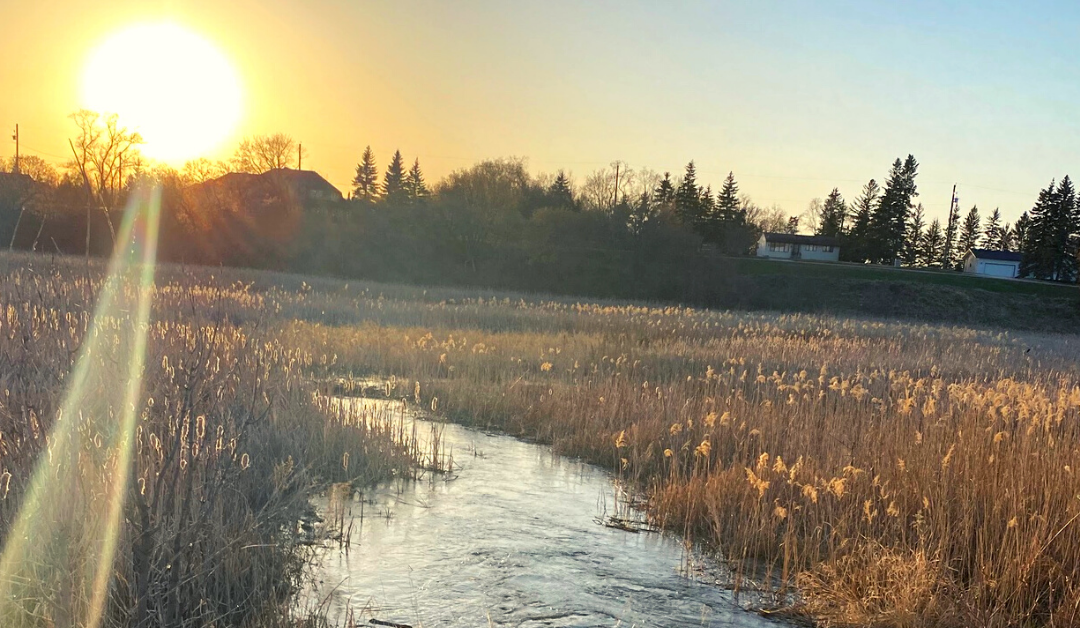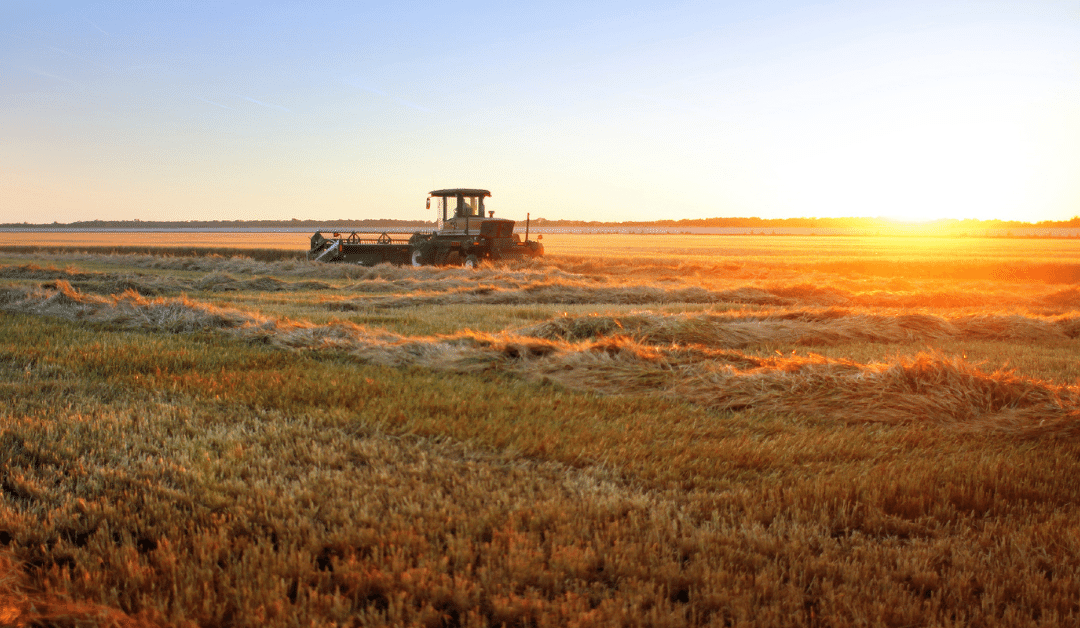With the smoke in the air in Winnipeg and the prediction from experts that this may be with us until the end of August I reached out to an expert in Hydrology and Climate Change, Bob Sandford, to talk through the issue and to see if this year was really all that different from years past. According to Bob Sandford, EPCOR Chair, Water & Climate Security United Nations University Institute for Water, Environment & Health:
“What we are seeing now is the direct climatic connection between water and its diametric and symbolic opposite – fire – this is what scientists have been talking about for years, that if you don’t have the former, then you get the latter.”
The sky last week in Winnipeg was surprisingly eerie and a bit reminiscent of some of the sci-fi doomsday thrillers of the 1980’s and 1990’s. It has been a long hot summer across the entire Northern Hemisphere beginning with a rapid melt of a near record snowfall in the Rocky Mountains, which caused serious flooding in parts of British Columbia. Then came the heat waves across Canada and many parts of the world. In Japan they experienced the highest temperatures on record; 41˚C in some cities and with the Humidity temperatures soared to over 48˚C.
Now the fires and the endless smoke here in Canada have spread across five provinces and two territories and have blanketed Canadian cities and towns for weeks on end. We were warned that this could happen. Air quality from fires is a real issue, and although we are less affected here in Manitoba than in many other places in the world, the United Nations has estimated that 330,000 people globally may experience health related issues and lose their lives this year from the after-effects of wildfire.
Higher mean annual temperatures, especially in northern Canada are already resulting in increased wildfire risk. Ten years ago scientists predicted a whopping 75% – 120% increase the amount of area burned each year by the end of the century and it looks like this is what is happening. According to Bob Sandford those in the Climate Science Community are also noticing some additional changes this year that they find quite alarming, a slower and wavier jet stream is causing the conditions that exacerbate the wildfire threat to intensify and persist longer in vulnerable places. As a result, fires are becoming bigger, hotter and much faster. And if this isn’t enough to get our attention scientists have also predicted methane releases may have accelerated from the thawing permafrost of the Arctic, resulting in forest fires that are fueled by the methane they release.
But once the flames are out, we are still not out of danger, scientists are learning a great deal about the lingering effects of drought from the fires in California which has been dealing with the devastating effects of fires and drought year after year for some time now. According to Bob Sandford “the extended drought weakens trees making them more vulnerable to wildfire further exacerbating the situation”. It has been estimated that as many as 120 million trees died in California during its recent drought. It was those dead trees that fuelled horrific fires of late and which continue to be a threat to cities as big as Los Angeles. What California also taught us is the threat to the community did not end when the rains finally came. The rains that fell over vast areas in which fires had been so hot it baked the soil making it impervious to water. Unable to penetrate the soil the heavy rainfall mobilized millions of tons of ash and burnt debris before flooding devastated the downstream areas with massive mud slides.
But back to this morning’s sunrise. How are we going to manage prolonged periods during which we can barely see across the street and the air becomes hard to breathe? Will it be like living in many parts of the world we read about where poor air quality cancels activities and public events and keep children and the vulnerable indoors?
According to Bob Sandford, “there are many unknowns to sort out and come to terms with as our climate changes, we know the effects on our physical health and what that will cost in terms of health care. But what about the mental health impacts of being under a smoky sky for weeks on end summer after summer? The impacts of a changing climate are not only a threat to public health, local economies, food security and regional and national political stability, they are a threat to our way of life”.
The smoky haze blocking the sun and the air quality warnings, not just here in Winnipeg but across the West, must have even the most committed climate change deniers and skeptics scratching their heads. For years climate scientists have been predicting that we should expect flood and drought, wildfires and heavy precipitation in the same basins in the same season. Some scientists are even saying that 2018 may be a turning point in human history, where an invisible threshold into a new climate regime was crossed – an era of uncontrolled climate disruption.
Over the years we have had many predictions about the outcomes of our business-as-usual approach and have had many alternatives paths put forward. “But largely across the globe these recommendations have been either been ignored, discounted or have some how failed to become priorities, said Sandford. But hopefully this past summer and these past few days with reports of over 500 forest fires burning in beautiful B.C., thousands upon thousands of people and entire communities on evacuation notices and smoke that is impacting most of western Canada moves some to action” said Sandford. It certainly has left me thinking about where we are headed and just how fast we may get there and what we must all do if we are to change lanes and move in a different direction.
According to Bob Sandford “without immediate action to reduce carbon dioxide emissions the conditions we are witnessing in Canada and across the world are likely to persist and to get much worse. The period of being reactive and continuously debating evidence of what we thought would happen if our climate changed is clearly over. We have to catch up and then get ahead of this problem”.
Scientists, environmentalists, engineers, doctors architects, planners and many others have proposed actions, we know what we have to do, and what we have to do requires real leadership at all levels of society. This cannot be left to our elected leaders alone we must all take action as citizens to do our part if we are to create a better world for ourselves and for our children.






0 Comments